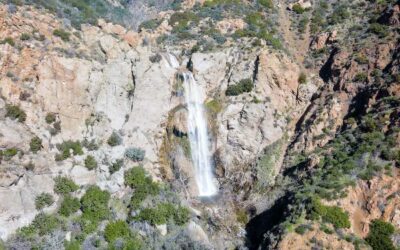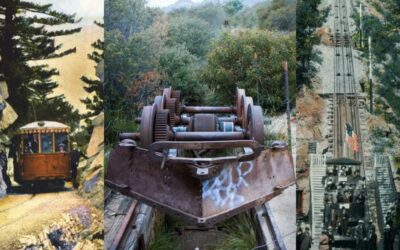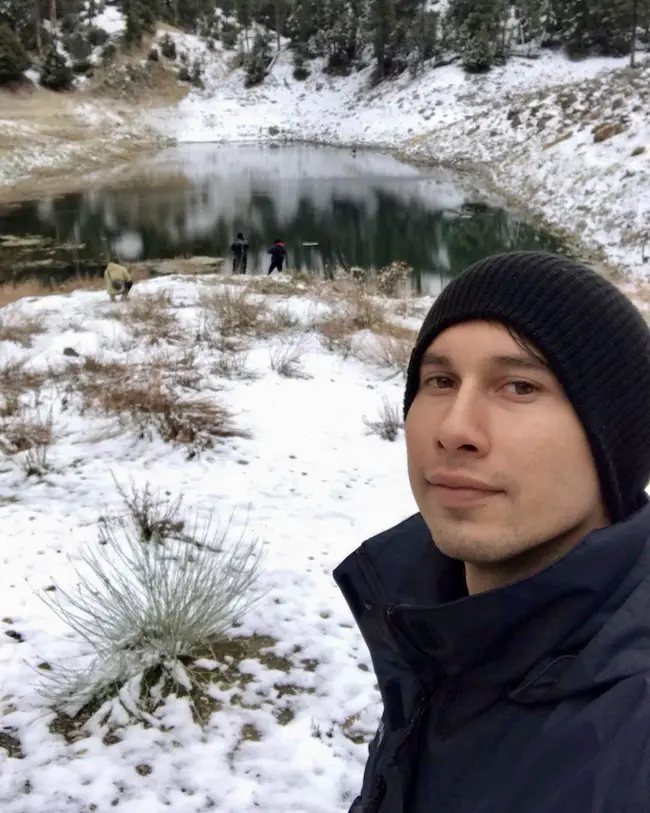No matter how well you’ve planned a hike, the weather is one variable out of your control. But even so, you can still avoid getting drenched when the rain starts coming down while out on the trail. I’ve got lots of tips and tricks to share with you today on staying cozy and dry while hiking in the rain!
Pack waterproof clothing, like a rain poncho, rain pants, and shoe covers to stay dry while hiking in the rain. Bring a thermal mug with a hot beverage or soup to keep warm. Leukotape helps prevent blisters, which are more prone to occur in wet conditions.
Let’s get straight into the top 7 tips!
1) Bring a Waterproof Rain Poncho

A waterproof rain poncho will help keep you dry when the rain arrives. Ponchos are lightweight, super compact, and a brilliant option for hikers on a budget. When lugging around a backpack for miles and miles, you need a poncho that won’t weigh you down and doesn’t take up much space.
High-quality rain ponchos are typically made out of silicone polyester or nylon and are, of course, 100% waterproof. Cuben fiber, polyethylene, and PVC are also common poncho materials.
Your rain poncho should be durable, breathable, comfortable, go down to the knees, and be fully taped at the seams to keep you dry in the harshest conditions. Bonus points for ponchos that have pockets.
Here’s a rain poncho from Amazon under $25: Multifunctional Rain Poncho Waterproof Outdoor Raincoat (Unisex)
2) Take Waterproof Shoe Covers or Gaiters

Waterproof shoe covers and gaiters are a low-cost and effective way of keeping your feet dry while hiking in the rain, especially when walking through puddles and muddy terrain. Covers also protect your shoes from damage and will leave you with less cleaning to do when you get home!
You can use disposables, but it’s well worth spending a few bucks on some genuine shoe covers or gaiters. Disposables do not offer the same level of grip and are made from thin materials that easily tear.
A proper waterproof shoe cover will protect your whole shoe and come with a zipper so you can get a tight fit. Ensure that you buy shoe covers with slip-resistant features. Silicone waterproof shoe covers are lightweight and foldable – so you can always keep them in your backpack as a precaution.
By giving your shoes some external protection in the rain, your shoes and socks have less work to do to keep your feet dry.
Definitely check these out if you plan on getting some: Hikenture Leg Gaiters with Waterproof Zipper, Anti-Tear Water-Resistant Hiking Gaiters
3) Wear Waterproof Clothing (Rain Pants, Jacket, and Shoes)

Dealing with a rainstorm while hiking is much easier if fully kitted out in waterproof clothing. I recommend wearing a rain jacket, rain pants, and waterproof shoes to keep your hiking enjoyable in wet weather.
Your waterproof jacket should be lightweight and foldable so you can keep it stuffed in your bag – hopefully, that’s where it will mostly stay!
The jacket should be fitted with ventilation zips under the armpit and zippered pockets, and the hood should fit tightly and snugly. Invest in a quality waterproof jacket, as they tend to lose effectiveness over time.
Rain pants for hiking should fit securely around the waist but be loose around the legs to allow fresh air to circulate. Without ventilation, the gap between your rain and hiking pants will become a haven for sweat and end up leaving you soaked.
Your rain pants should be big enough to fit over your regular clothing and hiking pants. And naturally, they should be lightweight and compact enough to store easily in your bag when you aren’t using enough.
Waterproof shoes also serve as a solid defense against the rain. Wet feet are more likely to blister, so you must wear shoes with high water resistance in wet conditions. However, your shoes still need breathability. Sure, you don’t want water leaking in, but you need to allow moisture to get out.
4) Bring a Thermal Mug with Warm Tea or Water

When it rains, the temperature usually drops, too. Within minutes, a beautiful, warm day out hiking can turn chilly and unpleasant. The cold hits even harder if you haven’t packed a sweater or jacket.
But a vacuum-insulated thermal mug will help keep you cozy while out on the trail in the rain. You could fill it with coffee, tea, hot water, or even soup!
A thermal mug will keep your beverage or soup piping hot for several hours or until you break the seal. Once opened, cool air will start getting in, chilling down the contents of the mug. It’s worth mentioning that thermal mugs will also keep drinks ice-cold – this is handy in the summer season.
Good thermal mugs are durable and able to handle wear and tear. Make sure your chosen mug has a solid lid that forms a tight seal – this is the part most likely to fail. On that note, the mug should be leak-proof, or the fluid will spill out and spoil the other contents in your bag.
Thermal mugs come in a variety of sizes – choose one based on the size of your bag. You don’t want a mug that’s too heavy and takes up too much space. But equally, you want a mug big enough to hold a decent amount of coffee or whatever you like to drink.
5) Use Trekking Poles with Mud Baskets
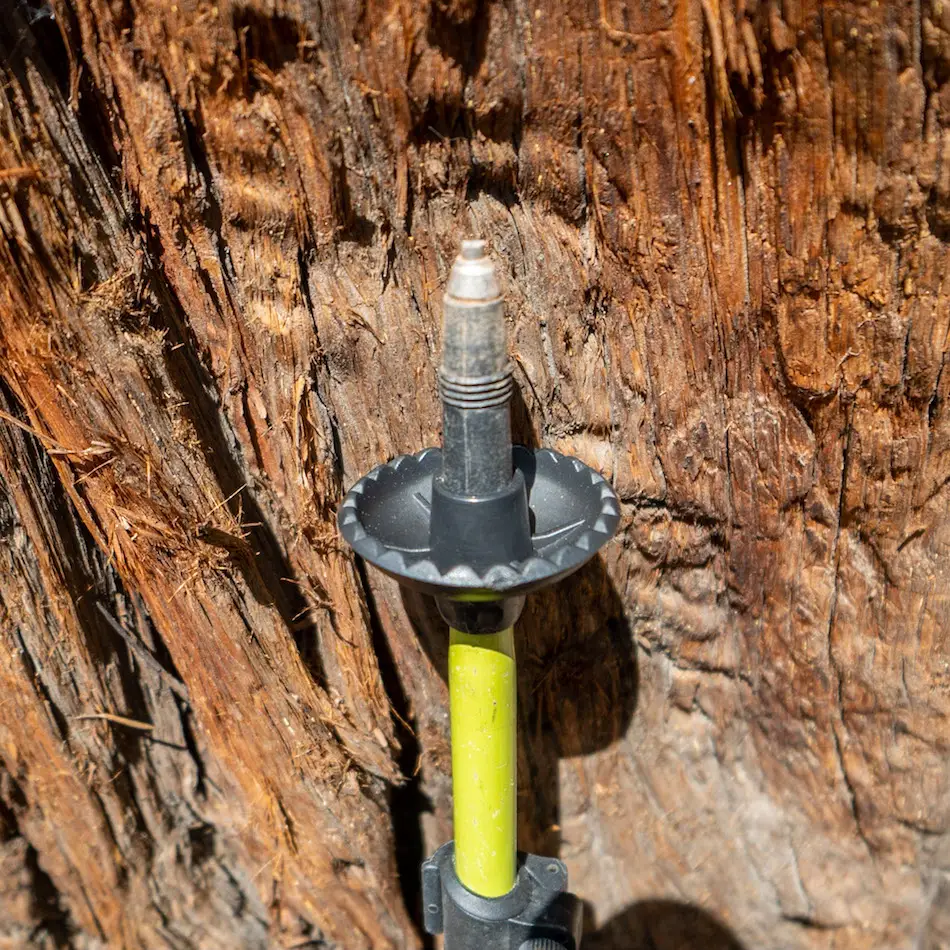
Trekking poles with mud baskets are essential for all age groups hiking in the rain. The extra stability and support offered will compensate for the slippery and wet conditions – the poles are really useful when navigating hills.
Many hikers use trekking poles in all weathers, but the mud baskets are a must-have add-on in the wet. If you’re planning on hiking over muddy ground, snow, or sand, mud baskets will make your life a lot easier and reduce the strain on your knees and calves.
Mud Baskets will stop your trekking poles from sinking too deep into soft ground, which would slow you down and cost energy. They will help reduce the amount of mud that flings up and gets your clothes dirty.
Good trekking poles are lightweight, sturdy, and durable. Nowadays, the best trekking poles are made from either aluminum alloy or carbon fiber – both are great and lightweight. Cork, foam, and rubber (or a combination) all work well as the grip material. Other crucial trekking pole qualities include adjustability, shock absorption, and foldability.
6) Pack Extra Socks
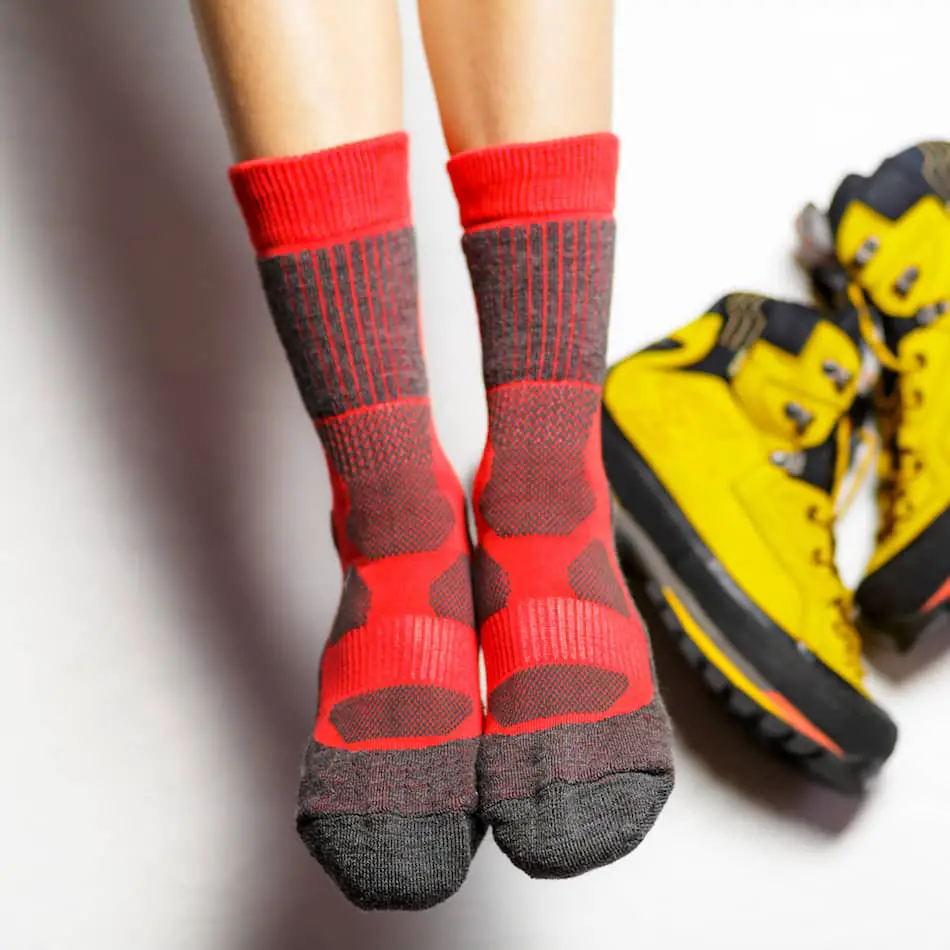
Hikers always need to take care of their feet, but it’s even more important to do so in the rain. It doesn’t matter how much waterproof clothing you wear, if you’re hiking in torrential rain, your feet will get wet – hence the need for extra socks.
Hiking in the rain means plodding through mud, puddles, and streams. Accepting that you won’t keep all moisture out is the first step. Managing the moisture build-up is the second.
If you have spare socks on hand, you can take breaks every so often to dry your feet and replace your soaked socks with a fresh pair. Not only will this make your feet more comfortable, it significantly reduces your risk of blisters.
You should always wear hiking socks. Everyday socks are too thin and unable to absorb the level of moisture produced by your feet when out hiking. In the rain, specialized hiking socks will also soak up any moisture that breached the defenses of your shoes and shoe covers.
When hiking, protecting your feet should be your number one priority – this applies even more in the rain. Bring extra bags to place your wet socks in when you switch them.
7) Leukotape for Blisters and Blister Prevention (helps if feet blister due to wet socks & shoes)
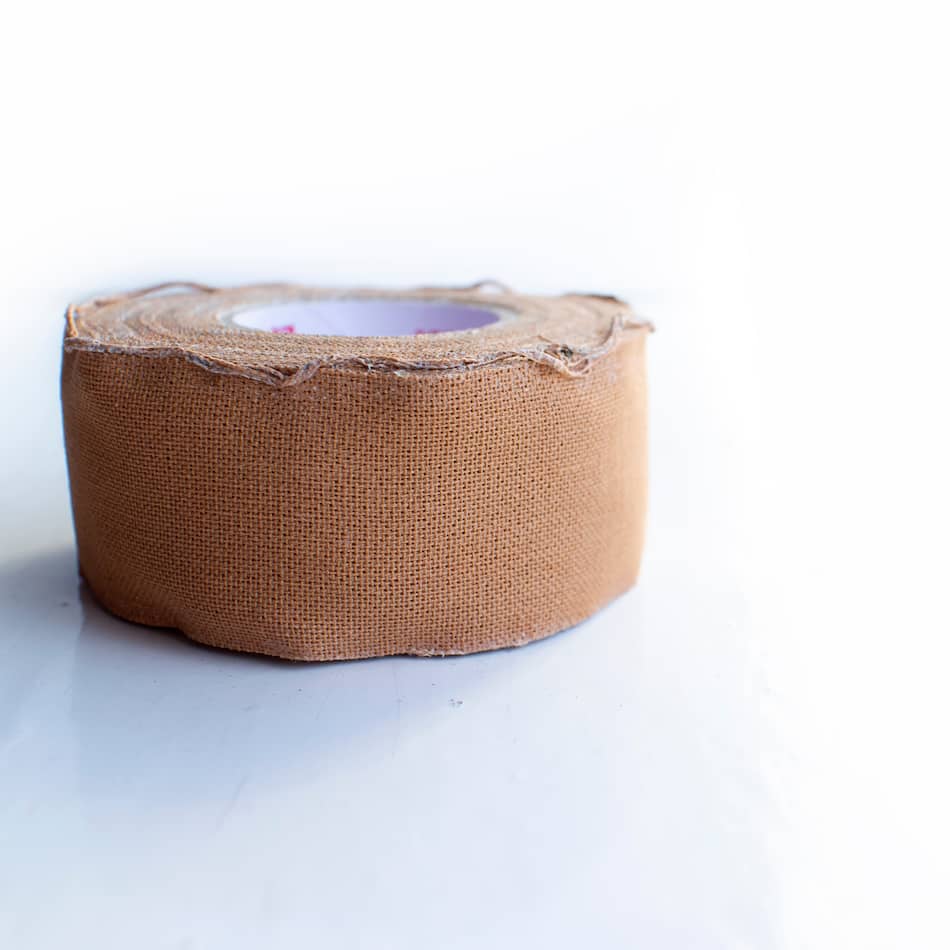
Let’s talk more about preventing blisters while hiking in the rain and about the benefits of Leukotape. Suppose the rain is hammering down and your shoes and socks cannot stop your feet from getting wet and causing blisters. Leukotape offers another line of defense.
Leukotape is a sticky and breathable tape that you can apply to blistering hotspots, such as the backs of your feet. Made with strong, durable zinc oxide adhesive, Leukotape will stay firmly in place even in the wettest weather.
However, Leukotape cannot be used to stop an existing blister from becoming further damaged. When removed, the sticky tape will rip off any loose or broken skin, creating an even bigger problem.
The big rolls Leukotape comes in are not ideal, given you have precious little space in your backpack. Instead, cut off a few strips of Leukotape and attach them to release paper (the shiny paper you peel stickers off).
Is it Safe to Hike in the Rain?
It’s safe to hike in the rain if you are prepared with the right clothing and gear, such as waterproof shoes with grippy soles. It can become unsafe if the trail becomes slippery and you’re not wearing the right shoes and gear.
My Final Tip to You
It may be tempting to press on with a hike, whatever the weather. But sometimes conditions will get the better of you, and it’ll simply become too dangerous to keep going. In these situations, don’t be afraid to turn back!
Hiking in torrential rain, thunderstorms, or high winds is asking for trouble. Numerous things could go wrong, and persisting in such weather could lead to injury or worse. Heavy rain makes the ground slippery, increasing the risk of falls.
When the weather gets rough, assess the conditions and your physical capabilities, and then make a judgment call. Sometimes Mother Nature will have her say and stop your hike in its tracks – that’s a battle you can’t win.


